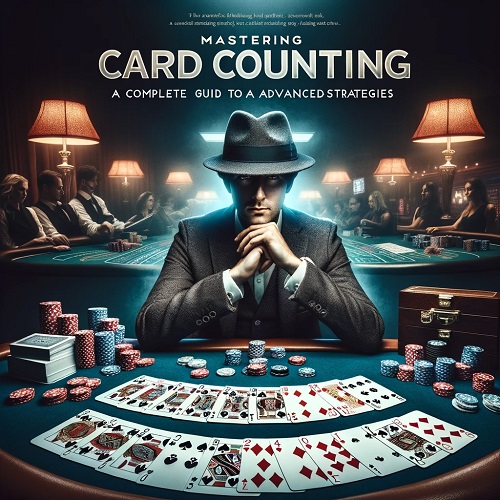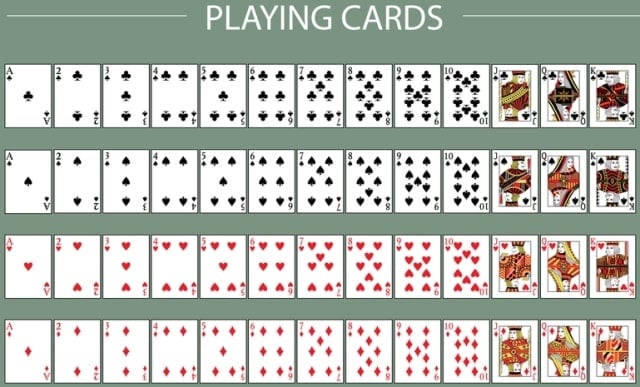
Card Counting Mastery: Strategies and Techniques in Card Games
Card counting, a strategy used in card games to gain an advantage, is both an art and a science. This comprehensive guide explores the intricacies of card counting, covering its history, methods, legality, and effectiveness in different card games.
The Art of Card Counting
Understanding the Basics
Card counting is a technique used to track the proportion of high to low cards left in the deck. By keeping this count, players can make more informed decisions, increasing their chances of winning. This method is particularly popular in games like blackjack.
Historical Perspective on Card Counting
The Evolution of the Strategy
Card counting has evolved over the years, with pioneers like Edward Thorp popularizing the technique in the 1960s. Since then, various systems and strategies have been developed, each with its own level of complexity and effectiveness.
Methods and Strategies
Basic to Advanced Counting Techniques
From the simple Hi-Lo system to the more complex Wong Halves, card counting strategies vary in their approach. Beginners may start with easier methods, while experienced players may opt for more advanced systems that offer greater accuracy.
Practicing and Honing Skills
Mastering card counting requires practice and dedication. Regular training, whether through playing or using simulation software, is essential to become proficient in this skill.
Legality and Ethical Considerations
Navigating the Legal Landscape
While not illegal, card counting is frowned upon in many casinos, and players may face restrictions or bans if caught. Understanding the legal and ethical implications is crucial for anyone considering this strategy.

Effectiveness in Different Card Games
Applicability Beyond Blackjack
While most commonly associated with blackjack, card counting can also be applied in other card games, albeit with varying degrees of effectiveness. The structure and rules of the game play a significant role in determining the viability of card counting.
The Future of Card Counting
Adapting to Changing Gaming Environments
As casinos employ more advanced measures to counter card counting, players must adapt their strategies. The future of card counting lies in the ability to evolve and stay ahead of these countermeasures.
